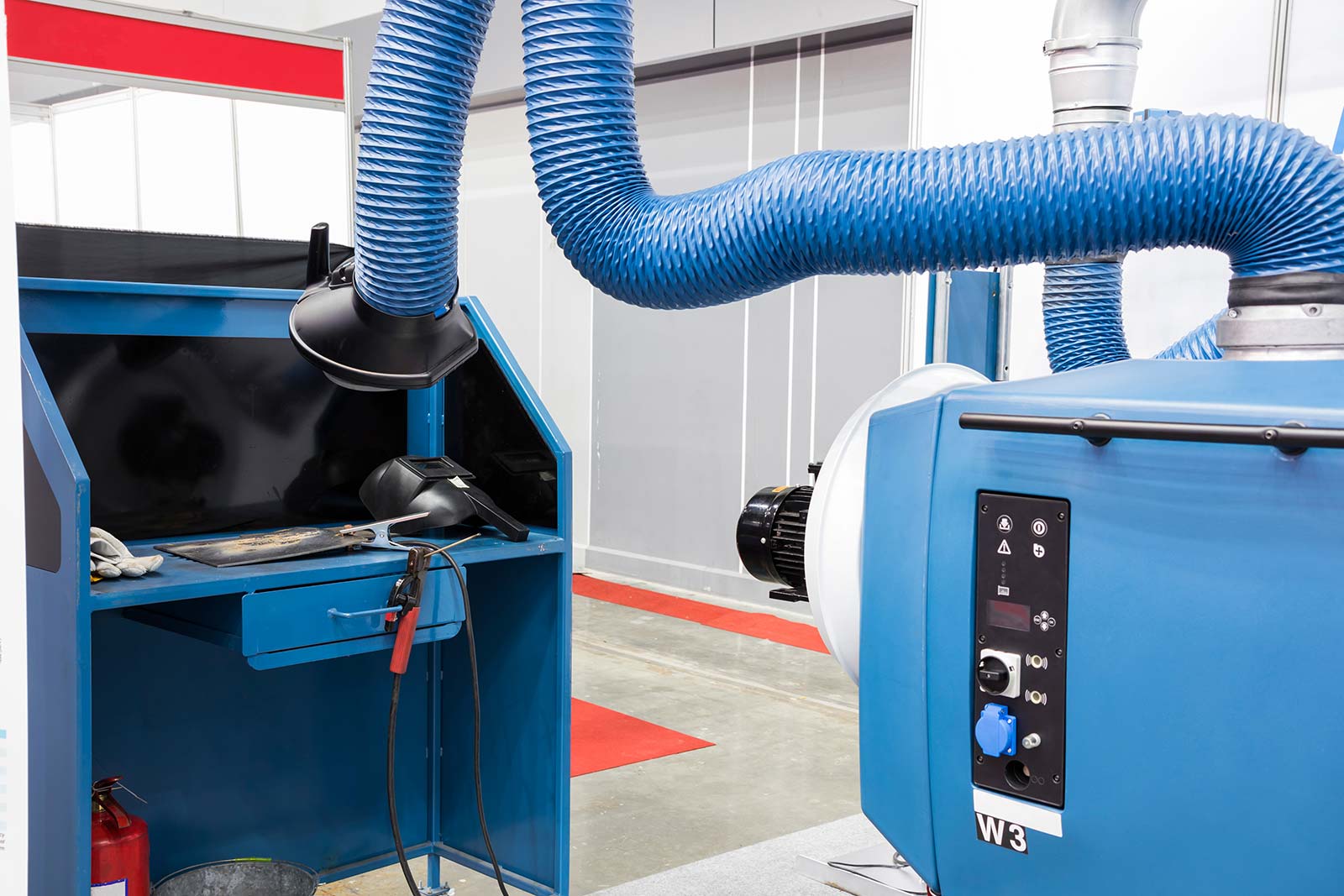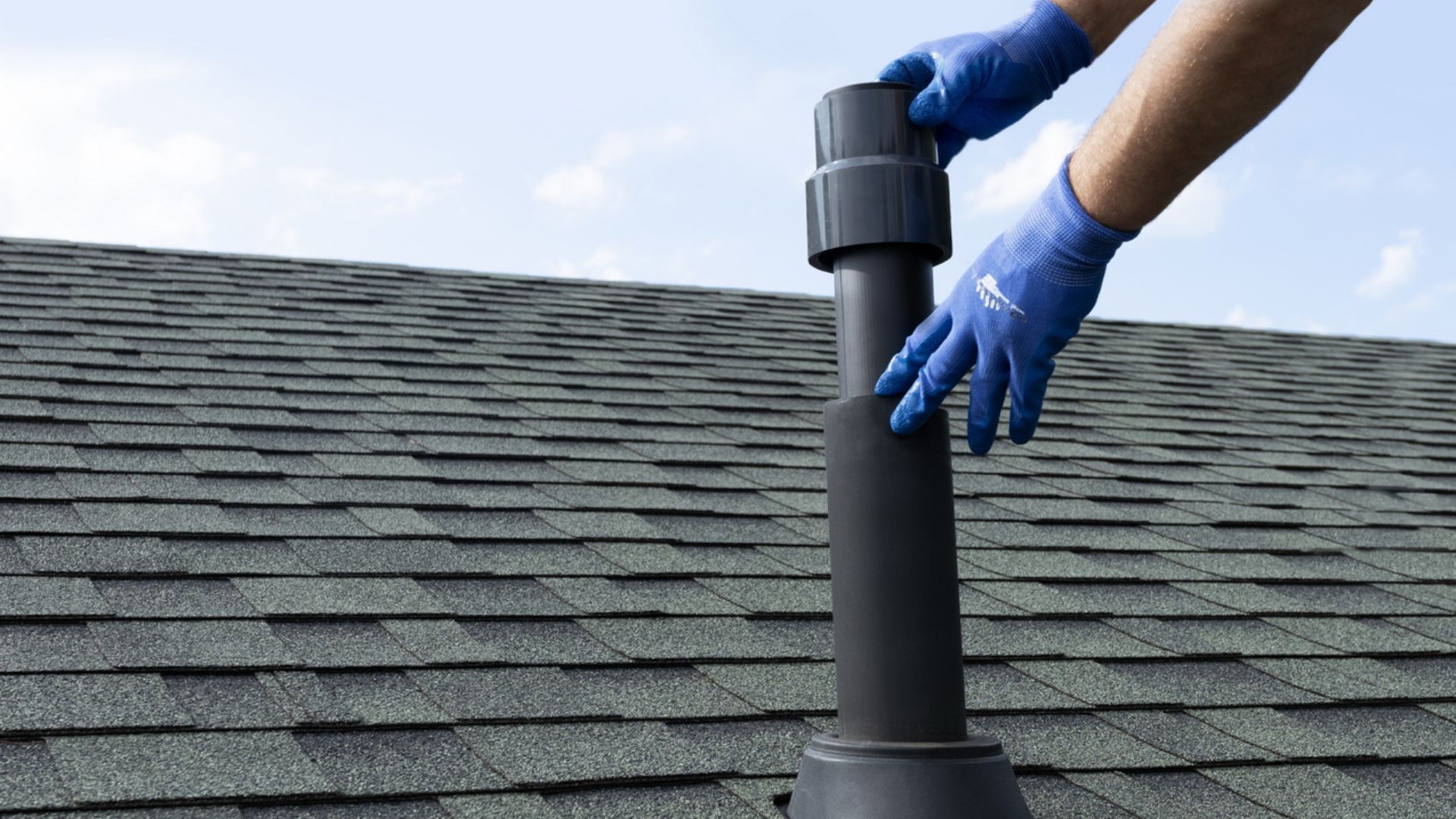Why Proper Ventilation in Plumbing Systems
Why Proper Ventilation in Plumbing Systems
Blog Article
Nearly everybody has got their personal conception with regards to Essential Plumbing Vent Pipes: Understanding Their Role.

Correct ventilation in pipes systems is frequently forgotten, yet it is important for keeping the functionality and security of your home's plumbing. Ventilation assists manage air pressure, stop the build-up of harmful gases, and guarantee the effective elimination of waste. In this overview, we will discover the relevance of appropriate plumbing air flow, how it works, and the benefits it offers your pipes system.
Recognizing Ventilation in Pipes
Air flow in plumbing refers to the network of pipelines that allow air to stream through the water drainage system. These vents serve multiple functions, including controling air pressure within the pipes, preventing sewage system gases from entering the home, and aiding in the smooth circulation of wastewater.
Exactly How Ventilation Functions in Plumbing Equipments
Air Pressure Regulation
Appropriate ventilation preserves balanced atmospheric pressure within the pipes system. When water streams through pipes, it displaces air. Without sufficient air flow, this displacement can produce adverse pressure, leading to slow drains pipes or siphoning of water from traps, which can create unpleasant smells to seep right into the home.
Stopping Sewer Gas Buildup
Among one of the most essential features of pipes vents is to prevent drain gases, such as methane and hydrogen sulfide, from building up within the home. These gases can pose significant health and wellness threats and are highly flammable. Vent pipelines permit these gases to leave securely outdoors.
Helping in Waste Elimination
Air flow assists in the efficient elimination of wastewater by protecting against airlocks in the drainage system. When air can move openly with the vents, it enables water and waste to flow efficiently through the pipelines, reducing the risk of obstructions and back-ups.
Kinds Of Plumbing Vents
Main Stack Vent
The primary pile air vent, also referred to as the vent stack, is the main vent in a plumbing system. It extends from the major drainpipe align with the roofing system, permitting gases to get away and fresh air to go into the system.
Branch Vent
Branch vents connect to the primary pile air vent and serve specific fixtures, such as sinks, commodes, and showers. These vents guarantee that each component has adequate air flow to work appropriately.
Air Admission Shutoff (AAV).
An Air Admittance Shutoff (AAV) is a one-way shutoff that enables air to enter the pipes system without the need for a traditional air vent pipeline prolonging with the roof. AAVs are typically utilized in improvements or locations where installing a typical vent is unwise.
Indications of Poor Air Flow in Pipes.
Slow Draining Fixtures.
If your sinks, bathtubs, or commodes are draining pipes gradually, it could be a sign of poor ventilation. Poor air circulation can create a vacuum cleaner result, making it tough for water to drain correctly.
Gurgling Sounds.
Gurgling audios originating from drains are frequently an outcome of air being drawn through water catches because of adverse stress in the pipelines. This is a clear indication of not enough ventilation.
Unpleasant Odors.
Drain smells inside your home are a warning that your pipes system is not appropriately aerated. This can imply that drain gases are not being appropriately aired vent outside, resulting in potentially hazardous problems.
Common Air Flow Errors.
Inadequate Vent Sizing.
Making use of undersized vent pipelines can bring about bad air circulation and stress discrepancies in the system. It's necessary to make use of vents that meet the details requirements of your pipes system.
Improper Vent Placement.
Placing vents too far from the fixtures they offer can minimize their performance. Appropriate placement makes certain that air can stream openly and efficiently through the system.
Disregarding Code Requirements.
Building regulations give certain standards for plumbing ventilation. Overlooking these codes can cause a system that stops working to function appropriately and might cause pricey repair services or carcinogen.
Benefits of Appropriate Ventilation.
Boosted System Performance.
Effectively ventilated plumbing systems operate extra effectively, with fewer obstructions, faster draining, and less pressure on the pipelines. This efficiency prolongs the life expectancy of the plumbing system.
Improved Air High Quality.
By protecting against drain gases from entering your home, appropriate air flow contributes to far better interior air top quality, making your living environment healthier and a lot more comfortable.
Stopping Water Damage.
Appropriate ventilation aids stop water from being siphoned out of traps, which can result in sewage system gases getting in the home and triggering water damages gradually.
Steps to Make Sure Appropriate Ventilation.
Consulting Plumbing Codes.
Constantly consult neighborhood plumbing codes when designing or customizing your pipes system. These codes offer the essential guidelines for appropriate airing vent and guarantee your system satisfies security standards.
Regular Evaluation and Maintenance.
Regular examinations can assist identify prospective air flow concerns before they come to be significant troubles. Upkeep tasks, such as cleansing vent pipes and checking for blockages, are essential for maintaining the system in good working order.
Professional Installation.
For new setups or significant adjustments, it's smart to employ a professional plumbing. They have the know-how to make sure the ventilation system is appropriately developed and installed according to code.
Verdict.
Proper air flow is a vital part of any type of pipes system, guaranteeing that it operates efficiently and safely. By recognizing the significance of ventilation, acknowledging the signs of poor ventilation, and taking steps to keep your system, you can avoid costly problems and safeguard your home's air quality.
4 Things You Should Know About Your Plumbing Vents
What Plumbing Vents Are
Also called a vent stack, a plumbing vent is a vertical pipe attached to your drain line that runs through your roof. The plumbing vent pipe, or plumbing air vent, removes gas and odors from your plumbing system and allows fresh air to enter the pipes, helping the water to flow out of the drain pipes.
What Plumbing Vents Do
Plumbing vents have two basic functions. One of which is to allow unpleasant smelling wastewater and sewer gasses to escape your plumbing system instead of entering your home. Plumbing vent pipes are typically located on roofs, away from windows, to ensure the fumes exit the home completely.
The other function of the plumbing vent is to move fresh air into your plumbing system. This helps move water through every plumbing fixture in your house, like toilets and sink drains. Think of the way in which you need to let a little air into the bottle as you pour soda in order to make the drink flow smoothly.
Different Types of Plumbing Vents
True vent: This is the most common vent option. In simplest terms, a true vent is a vertical pipe attached to your drain line that exits through the roof. They often function as the main vent that other fixtures can connect to. Re-vent pipe or auxiliary vent: Attached to the drain line near specific plumbing fixtures, re-vent pipes run up and over to connect to the main vent. Common vent: Two plumbing fixtures installed on opposite sides of a wall are typically tied into the vent stack using something known as a sanitary cross. Wet vent: This venting option operates as a drain pipe and a vent at the same time. Wet vent drainage systems drain water from one fixture while venting the air from another. Although they’ve been used for over 100 years, wet vent systems have only recently been added to the plumbing code in many areas. If you’re planning on installing one in a bathroom remodel, make sure you check your local code prior to construction. Loop vent: For free-standing fixtures like kitchen island sinks, loop vents are ideal. These vent pipes run under the floor, rise from the P-trap, and create a loop inside the cabinet sink. Air admittance valve: An AAV is a one-way mechanical valve typically installed at the site of the plumbing fixture. AAVs allow venting to occur without having to tie into a larger venting system. They’re ideal for venting fixtures where you aren’t able to easily connect to an existing vent system. Common Plumbing Vent Issues
Although vent pipes typically don’t have water flowing through them, they’re still subject to many typical plumbing issues. For example, clogs are one of the most common problems associated with sewer vent pipes. If your vent pipe gets clogged, all of your plumbing fixtures tied into the vent stack will be affected.
A sink with a slow drain that bubbles and gurgles or a strong sewage smell around your toilet are both indicators that your toilet vent pipe is clogged. Because most vent pipes exit through the roof, old leaves, twigs or even a bird’s nest could be clogging the pipe.
Clogs in your vent pipe system cause a buildup of negative pressure, meaning that water won’t be able to flow out of your home very well. It’s similar to putting your finger over the opening of a straw to trap water inside. When you remove your finger, the water is able to flow out of the straw.
If you suspect you have any blockage in your vent, make sure you have a professional come examine the situation. Left unchecked, a blocked air vent can lead to other costly repairs, like leaks and sediment buildup.
Under Pressure
Pipe vents are essential aspects of a home’s plumbing system. Owning a home means learning about all sorts of things you never put much thought into before. But by understanding as much as you can about the important systems of your home, you can keep those budgets intact and those anxiety levels low.
https://www.homeserve.com/en-us/blog/home-improvement/plumbing-vents/

I came across that blog post on What Is A Plumbing Vent & How Do They Work? when doing research the search engines. So long as you enjoyed our blog post please don't forget to pass it around. We cherish reading our article about What Are Plumbing Vents and Why Are They Important?.
Booking Page Report this page